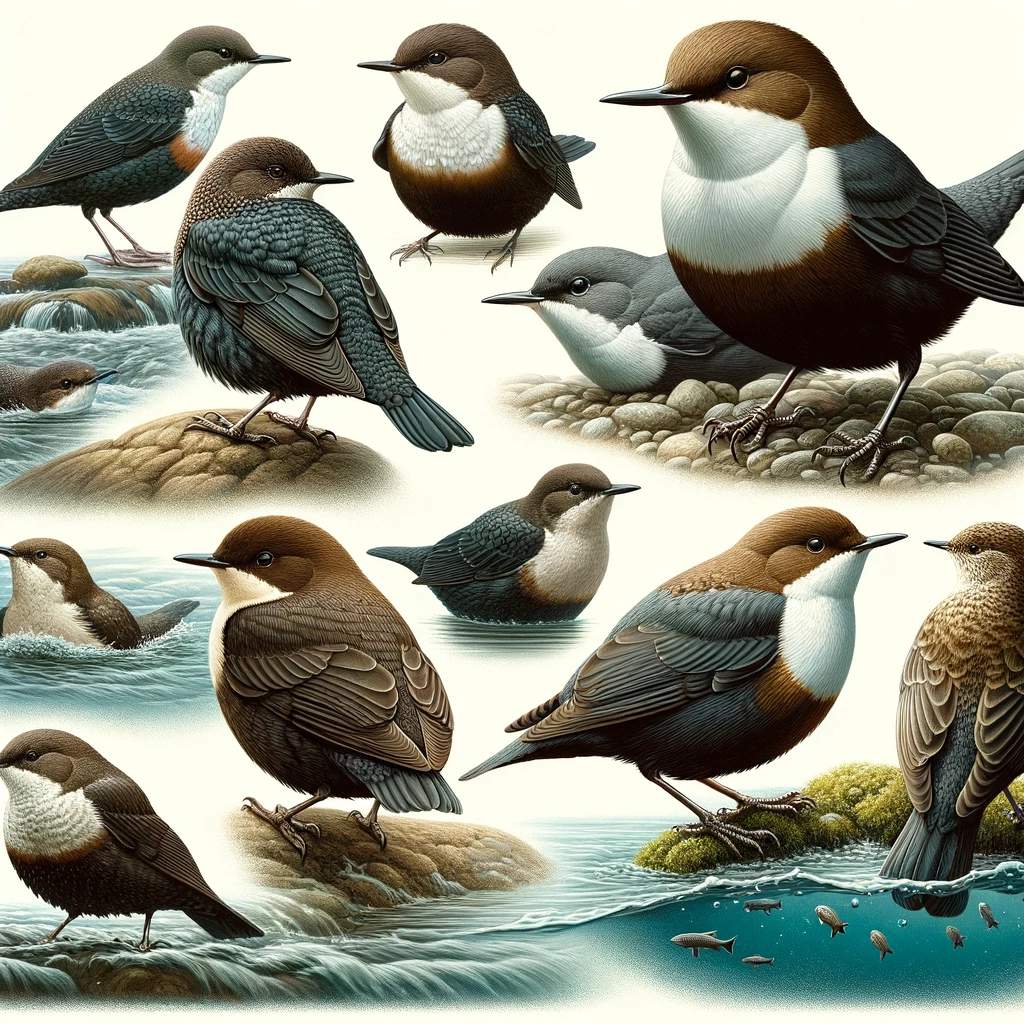
Nestled within the breathtaking landscapes of Nepal, the wilderness is home to a myriad of fascinating birds. Among these winged wonders, one bird family stands out with its distinctive features and ecology - the Cinclidae, more commonly known as dippers. As avid swimmers and divers, these enthralling birds thrive in fast-flowing rivers and streams across Nepal's diverse terrains. Join us as we delve into the captivating world of the Cinclidae bird family in Nepal.
Unique Adaptations of Dippers
Cinclidae comprises five species worldwide, with two found in Nepal – the Brown Dipper (Cinclus pallasii) and the White-throated Dipper (Cinclus cinclus). What sets dippers apart from other birds is their impressive set of adaptations for life around water. Possessing large preen glands that secrete an oily substance to waterproof their feathers, these birds can plunge into icy waters without freezing. Furthermore, dippers have nimble legs and short wings that allow them to efficiently navigate underwater in search of food.
Diet and Feeding Habits
The primary diet of Cinclidae consists of aquatic insects, small fish, and invertebrates. The fascinating process of hunting includes walking on riverbeds while fully submerged in the water or actively diving from perches to catch prey. Additionally, dippers are equipped with a transparent third eyelid called a nictitating membrane that shields their eyes while maintaining visibility underwater.
Breeding and Nesting Habits
When it comes to nesting, members of the Cinclidae bird family showcase specific preferences for establishing their territories near suitable bodies of water. Generally found along streams or under bridges, their nests are ingeniously constructed with grass, moss, and leaves. A hay-like exterior provides excellent camouflage, while a soft interior lined with feathers ensures protection and comfort for the clutches of eggs.
Conservation Efforts in Nepal
Like many other species, the Cinclidae bird family faces threats from habitat loss, pollution, and climate change. With their dependence on fast-flowing water, any disruption or contamination can have significant impacts on their survival. In Nepal, numerous organizations and research institutions collaborate to study these incredible birds and implement conservation strategies to help safeguard their future habitats.
Witnessing the Cinclidae in Their Natural Habitat
For bird enthusiasts visiting Nepal, witnessing the dippers in their natural environment is an unforgettable experience. The camaraderie between nature lovers and local communities can help raise awareness about the importance of preserving ecosystems that support such remarkable wildlife.
In conclusion, uncovering the intriguing world of Cinclidae birds in Nepal further emphasizes the need to protect our planet's rich biodiversity. By admiring these marvelous creatures and understanding their vital role in maintaining ecological balance, we can work together to ensure a thriving future for both birdlife and people alike.
